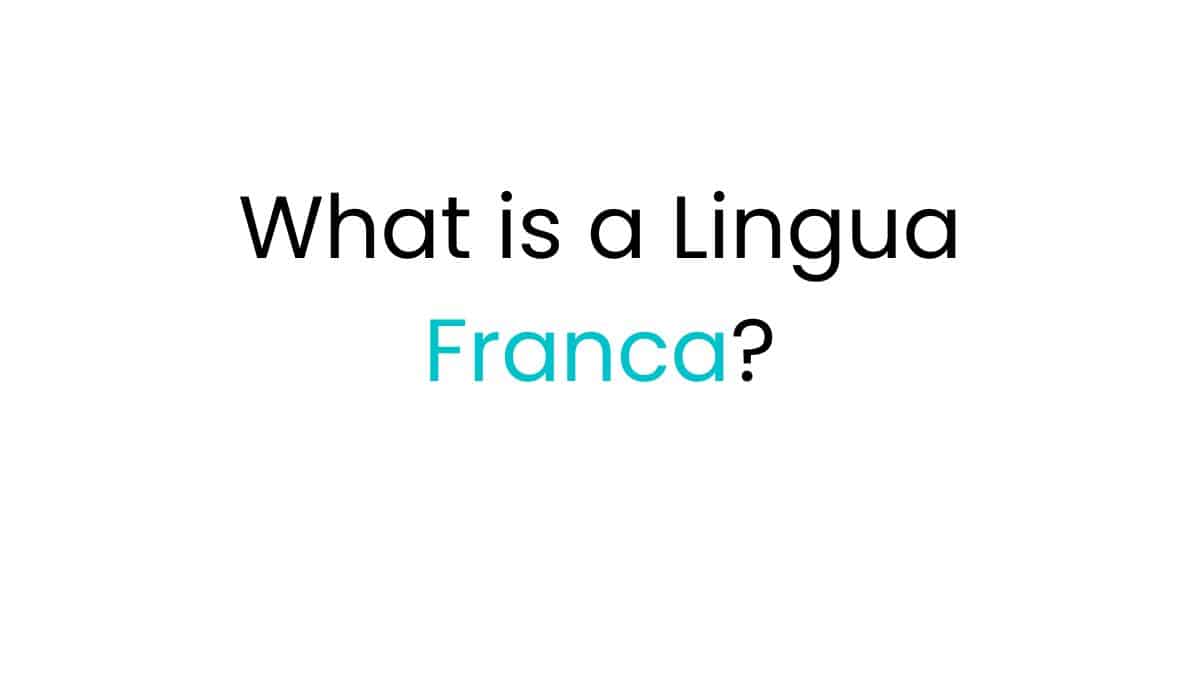Ever wondered why Mandarin Chinese is so popular? It’s because of its ancient history, unique writing, and complex tones. This guide will explore Mandarin Chinese’s history, grammar, characters, and culture. It’s designed to help you understand this fascinating language.
Mandarin Chinese is spoken by over 900 million people worldwide. Learning it can open up new career paths and deepen your understanding of Chinese culture. Whether you’re interested in language or global opportunities, this article is for you.

Key Takeaways
- Mandarin Chinese is the most widely spoken language globally, with over 900 million speakers worldwide.
- Mandarin Chinese has a rich history dating back over 5,000 years, with both Simplified and Traditional Chinese scripts in use today.
- The Mandarin language features a unique tonal system, with four distinct tones that can change the meaning of a word.
- Mastering Mandarin Chinese grammar, which lacks verb conjugations and gender-specific nouns, can be a rewarding challenge.
- Mandarin Chinese proficiency can open doors to a deeper understanding of Chinese culture, literature, and professional opportunities.
- Key Takeaways
- Lack of Verb Conjugations
- Radicals and Stroke Order
- The Significance of Tones
- Classical Chinese Literature
- What is Mandarin Chinese?
- What are the unique features of Mandarin Chinese grammar?
- How complex is the Mandarin Chinese writing system?
- What is the significance of tones in Mandarin Chinese?
- How do Mandarin Chinese dialects differ from the national standard?
- What are the benefits of learning Mandarin Chinese?
Introduction to Mandarin Chinese
Mandarin Chinese, also known as Standard Chinese or pǔtōnghuà, is the official language of Mainland China. It is spoken by over 900 million people worldwide. This language is part of the Sinitic family, which includes many Chinese dialects and languages.
Standard Mandarin is the common language used across China. It is different from other dialects in vocabulary, pronunciation, and grammar. Yet, it connects people from all over the country.
Mandarin Chinese is the official language in Mainland China and Taiwan. It is also one of the official languages in Singapore and the United Nations. It became the national language of China in 1909, known as 国语 (guó yǔ).
The Chinese writing system uses thousands of characters to represent syllables. These characters need a lot of memorization and practice to learn. In the 1950s, the Chinese government started simplifying characters.
Now, simplified characters are used in Mainland China, Singapore, and Malaysia. Taiwan and Hong Kong still use traditional characters.
Mandarin Chinese has four distinct tones. This is different from other Chinese languages, which can have up to ten tones. The Pinyin system is popular for teaching Mandarin. It helps learners understand the pronunciation of Chinese characters.
“Mandarin Chinese is the most widely spoken language in the world, used by over 900 million people globally.”
Learning Mandarin Chinese can open many doors. It can help with personal growth and professional success.
The Simplicity of Mandarin Grammar
Mandarin Chinese grammar is simpler than many Western languages. It doesn’t have verb conjugations, plural forms, or complex tenses. The language uses a subject-verb-object structure, making sentences easy to build.
Lack of Verb Conjugations
Mandarin Chinese stands out because it doesn’t change verb forms. Verbs stay the same, no matter the subject or tense. This makes learning Mandarin easier, as you don’t have to remember many grammar rules.
Also, Mandarin doesn’t have gendered nouns or plural forms. To show quantity, you use measure words. These words might seem complex at first, but they follow a logical system that’s easy to learn with practice.
| Sentence Structure | Example |
|---|---|
| Subject-Verb-Object | 我 喝 水。 Wǒ hē shuǐ. I drink water. |
| Subject-Verb | 他 睡觉。 Tā shuìjiào. He sleeps. |
| Yes/No Question | 你 会 说 中文 吗? Nǐ huì shuō Zhōngwén ma? Do you speak Chinese? |
The simplicity of Mandarin grammar is a big reason why it’s so attractive. It makes Mandarin an easy and rewarding language to learn.
The Complexity of Chinese Characters
Mandarin Chinese grammar is simple, but its writing system is complex. It uses thousands of unique characters called hànzì. Each character means one syllable and has its own meaning. Learning Chinese writing means memorizing the strokes and stroke order of these characters.
Knowing the radicals, or basic parts, of characters helps with pronunciation and meaning. At first, it might seem hard. But, the Chinese writing system’s structure helps with recognizing and memorizing characters.
Radicals and Stroke Order
Chinese characters are made of radicals, the basic units. These radicals give clues about pronunciation and meaning. Knowing the stroke order, or how to write a character, is also key to mastering Chinese characters.
| Statistic | Value |
|---|---|
| Estimated years for a Mandarin speaker to learn 3,000 characters | 7-8 years |
| Estimated time for French and Spanish students to achieve comparable levels | Half the time |
| Percentage of characters in a newspaper that are among the first 2,000 most common | Over 95% |
Even with the challenges, the Chinese characters have a structured nature. This helps with character recognition and character memorization over time. Learning the radicals and stroke order is essential for becoming proficient in Mandarin Chinese.
Mandarin Chinese
Mandarin Chinese, also known as pǔtōnghuà or the “national dialect,” is the official language of Mainland China. It is the most widely spoken language globally. Mandarin Chinese is based on the Beijing dialect, which is part of the Mandarin language group.
While different Mandarin dialects have their own words and sounds, they all follow the same rules. This makes them easy to understand for each other.
The Mandarin language has four distinct tones. These tones can change the meaning of words. Other Chinese dialects, like Cantonese, have up to ten tones. Mandarin’s tones and the complexity of Chinese characters make it both interesting and hard to learn.
| Dialect | Native Speakers | Tones | Regions |
|---|---|---|---|
| Mandarin | Over 930 million | 4 | Mainland China, Taiwan, Singapore |
| Cantonese | 84 million | 9 | Hong Kong, Southeast China, Macau |
| Shanghainese | Over 10 million | 5 | Shanghai, Eastern China |
While Mandarin is the official language in Mainland China, Taiwan, and Singapore, there are over 200 dialects in China. These dialects show the rich linguistic heritage of the Chinese people. They vary a lot in vocabulary, pronunciation, and tones.
Related: Top reasons to learn Mandarin Chinese
The Importance of Tones
Mandarin Chinese is known for its tones. It has four main mandarin tones: high, rising, falling-rising, and falling. These tones change the word’s meaning based on how it’s said. Learning these tone variations is key for clear communication.
Being good at tone recognition and practicing tone practice are vital. Some think tones aren’t important in daily talks. But, studies show they are crucial.
The Significance of Tones
There are two views on tones in Mandarin Chinese. One group says learning tones right from the start is vital. The other group thinks tones aren’t that important. But, the truth is, tones are as important as vowels in Mandarin.
Native speakers use tones in their speech, but how they do it can vary. They stick to certain rules, except for the third tone. Knowing the context helps listeners understand, even with mistakes.
Tones play a big role in Mandarin Chinese. Getting them right helps avoid misunderstandings. It’s best to focus on tones early on, as changing them later is hard.
Dialects and Regional Variations
China has many regional dialects and languages, all part of the Sinitic language family. These mandarin dialects and chinese dialects include Cantonese, Min, Wu, and Hakka. They differ a lot in words, sounds, and rules from the standard Mandarin.
Even though speakers of these regional chinese varieties might struggle to understand each other, they can usually get Mandarin. This is because Mandarin is taught and used in official settings everywhere in China.
Recent studies show there are hundreds of local Chinese language varieties. They belong to the Sino-Tibetan language family. Dialect differences and dialect intelligibility vary a lot. Some dialects are very hard to understand, while others are easier.
Standard Chinese, based on the Beijing dialect, is the official language of China, Taiwan, and one of the four official languages of Singapore. This pluricentric language has different forms in different areas. It has different sounds and words.
“Mandarin” as a term refers to the diverse group of dialects spoken in northern and southwestern China.
The numbers of first-language speakers show Mandarin is the most common at 65.7%. Min is second at 6.2%, followed by Wu at 6.1%. Yue is fifth at 5.6%, and other regional varieties make up the rest.
Cultural Significance and Literature
Classical Chinese Literature
Mandarin Chinese is deeply connected to China’s rich culture and long literary history. The written Chinese characters, or hànzì, help keep China’s literary gems alive. They carry the country’s philosophical and historical stories for many years.
Classical Chinese literature, like Tang Dynasty poems and works by Confucius and Lao Tzu, deeply influences Chinese culture. They are still loved by scholars and fans worldwide. Learning Mandarin opens a door to China’s rich literary and intellectual world.
“Chinese literature has an uninterrupted history of more than 3,000 years, dating back at least to the 14th century BCE.”
The Chinese written language, with its complex hànzì characters, keeps the Chinese people united. Calligraphy, the art of beautiful handwriting, is seen as a fine art in Chinese culture for over 16 centuries.
China’s literature has also shaped the culture and literature of Korea, Japan, and Vietnam. This shows how vital classical Chinese literature is globally.
Learning Resources and Strategies
Learning Mandarin Chinese can seem tough, but there are many resources and strategies to help. You can use interactive apps, online courses, or join language clubs. These options make learning Chinese easy and fun.
Chinese language courses provide a structured way to learn. They cover basic to advanced skills. Plus, they use Pinyin to help with pronunciation.
Online, you can find lots of Chinese language practice materials. There are reading materials, flashcards, and multimedia like videos and podcasts. These tools make learning fun and help you get better.
Immersive learning is key to mastering Mandarin. Try language exchanges, cultural events, or travel to China. This way, you can learn from native speakers and get a feel for the culture.
Mastering Mandarin Chinese takes practice and a willingness to try new things. Use the many Mandarin learning resources out there. With these tools and strategies, you can become proficient in Mandarin and enjoy its many benefits.

Conclusion
Learning Mandarin Chinese, the most spoken language globally, is a journey that opens many doors. With over 1 billion native speakers, it’s the official language of China. Knowing Mandarin lets you dive into China’s rich culture and booming economy.
Understanding Mandarin’s grammar, writing, and tones helps you appreciate the Chinese language deeply. It connects you with over 900 million speakers worldwide. Learning Mandarin Chinese enriches your life, whether for personal growth, career goals, or cultural insight.
Mastering Mandarin boosts more than just your communication skills. It sharpens your memory, problem-solving, and creativity. Plus, it gives you an edge in the job market, especially in companies with a big Chinese customer base.
FAQ
What is Mandarin Chinese?
Mandarin Chinese, also known as pǔtōnghuà, is the official language of Mainland China. It’s the most spoken language globally. It’s based on the Beijing dialect, part of the Mandarin language group.
What are the unique features of Mandarin Chinese grammar?
Mandarin Chinese grammar is simpler than many Western languages. It lacks verb conjugations, plural forms, and complex tenses. It follows a straightforward structure. But, it uses measure words to quantify nouns.
How complex is the Mandarin Chinese writing system?
The Mandarin Chinese writing system is very complex. It uses thousands of unique characters called hànzì. Each character represents a single syllable and meaning. Learning these characters requires memorizing their strokes and order.
What is the significance of tones in Mandarin Chinese?
Tones are a big challenge for native English speakers. Mandarin Chinese has four tones – high, rising, falling-rising, and falling. These tones change a word’s meaning based on how it’s pronounced. Mastering these tones is key for effective communication.
How do Mandarin Chinese dialects differ from the national standard?
China has many regional dialects and languages, like Cantonese and Wu. These differ from the official Mandarin standard. Though speakers may struggle to understand each other, they can usually get Mandarin Chinese.
What are the benefits of learning Mandarin Chinese?
Learning Mandarin Chinese is rewarding and opens many doors. It gives access to China’s culture, economy, and global influence. Whether for personal growth, career, or cultural understanding, learning Mandarin is a great investment.
Oualid Cheddadi is the founder of Lingualid, a platform that inspires independent language learners worldwide, regardless of the language they are learning. The name “Lingualid” is derived from the Portuguese word for “language,” “língua,” and the last three letters of Oualid’s name, “Lid.”



